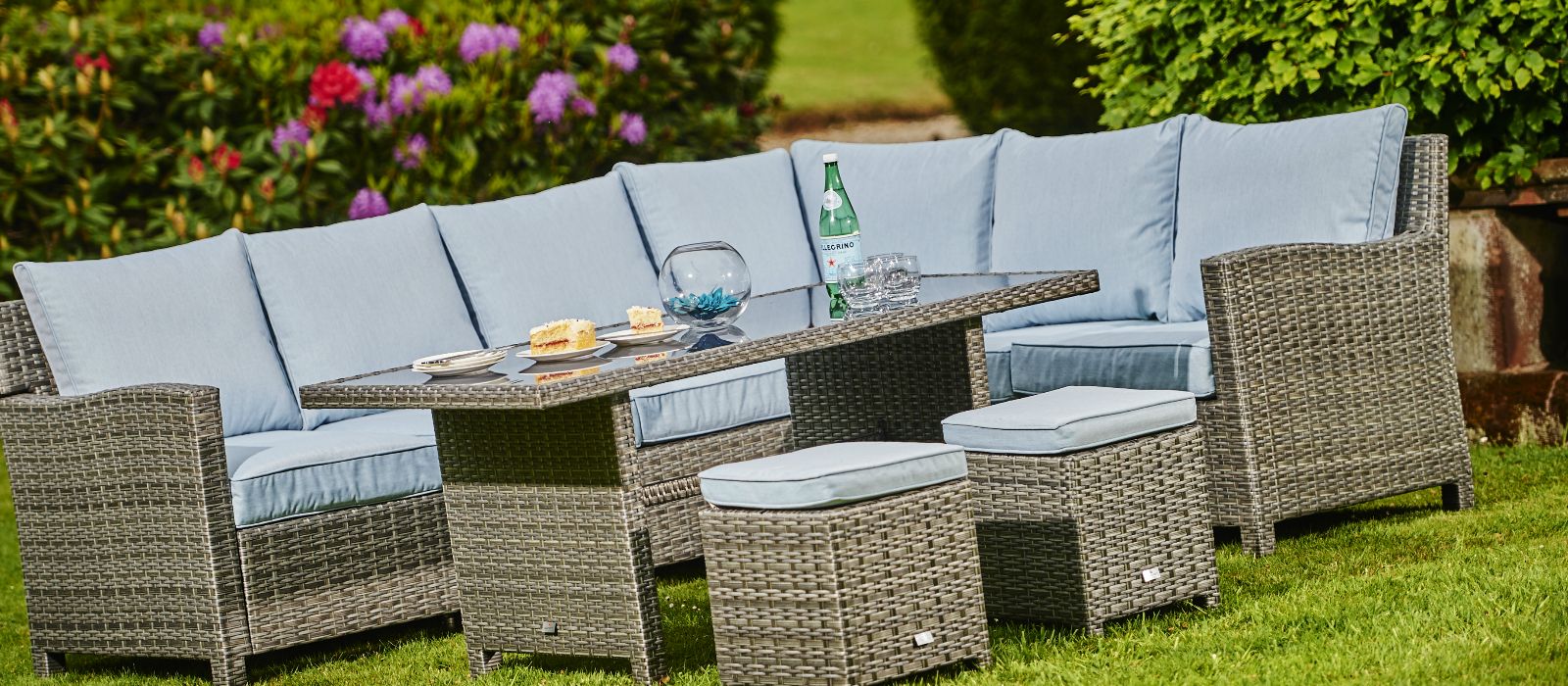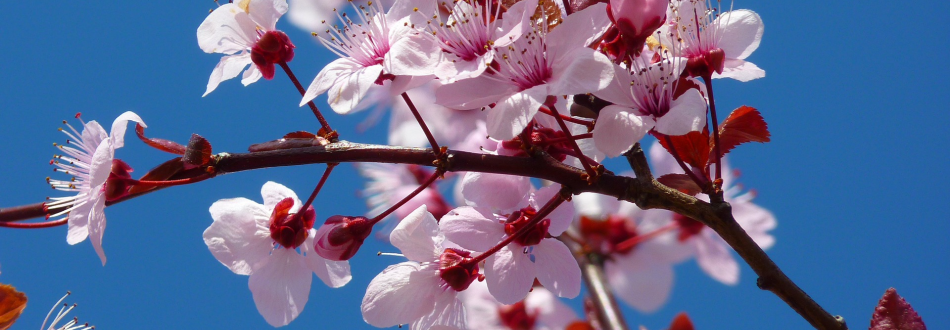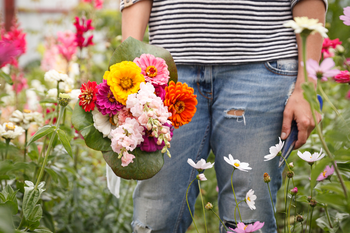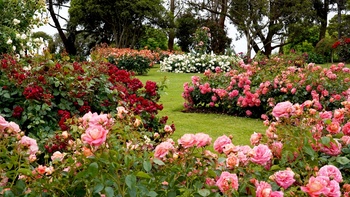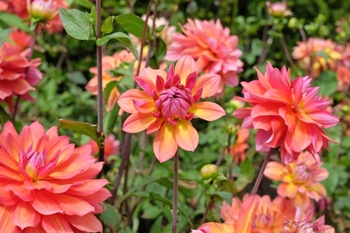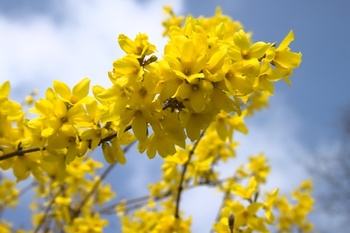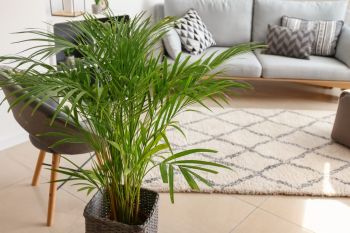
If there’s an empty space in your home after the Christmas tree comes down, don’t be despondent. Instead, fill the gap with a beautiful houseplant that will look good all year round. Here are a few of our favourite houseplants, with tips on how to take care of them. Please take a look at our list of big houseplants that substitute the Christmas tree.
1. Zamioculcas
Also known as the ZZ plant, Zamioculcas has a great contemporary look, like a giant fern with glossy green foliage. It does best in bright but indirect light, with afternoon shade.
Plant it in compost with added horticultural grit to improve drainage, and let the surface of the compost dry out between waterings. Water sparingly in winter, as the roots are prone to rotting in cold, wet soil, and never let the pot sit in water. Feed monthly with a portion of balanced liquid food.
2. Christmas cactus
The best thing about Christmas cactuses (Schlumbergera) is the exotic-looking, colourful flowers that appear in December, so it’s very frustrating if they refuse to flower. The secret to getting your Christmas cactus to flower at Christmas is to let it rest twice a year, once after Christmas and again in September.
Once the Christmas flowers have finished, move the plant to a cool room and reduce watering. In April, move it back into a brighter, warmer space, water regularly and feed monthly. Move it back into the cool in September and reduce watering until the buds form, then put it in pride of place where you can enjoy the flowers.
3. Peace lily
For rooms that don’t get much direct light, a peace lily (Spathiphyllum wallisii) is the perfect houseplant. With big, glossy green leaves and the occasional hooded white flower, they look elegant and stylish wherever they are.
Peace lilies prefer a warm, humid, semi-shaded environment. To increase humidity around the plant, stand it on a tray filled with pebbles and keep the tray topped up with water. Mist the leaves of your peace lily regularly and wipe them occasionally with a damp cloth to remove dust. Water when the surface of the compost is dry. Peace lilies normally flower in spring, producing one or two flowers that last for several weeks.
4. Areca palm
Tall and elegant, with arching feathery fronds, areca palms add a tropical feel to the home. Like most other houseplants, they prefer bright but indirect light, and the leaves will turn yellow if they get too much direct sun.
Areca palms need to be watered regularly but not overwatered. To make this easier, plant them in a well-drained potting compost, and stand the pot on a tray filled with pebbles so that the pot is never standing in water. Water regularly, so that the compost stays just moist, and mist frequently. Water less often in winter.
Start the New Year on a positive note with a new plant for your home. You’ll find a fantastic range of beautiful indoor plants in our centre, so visit us soon!
